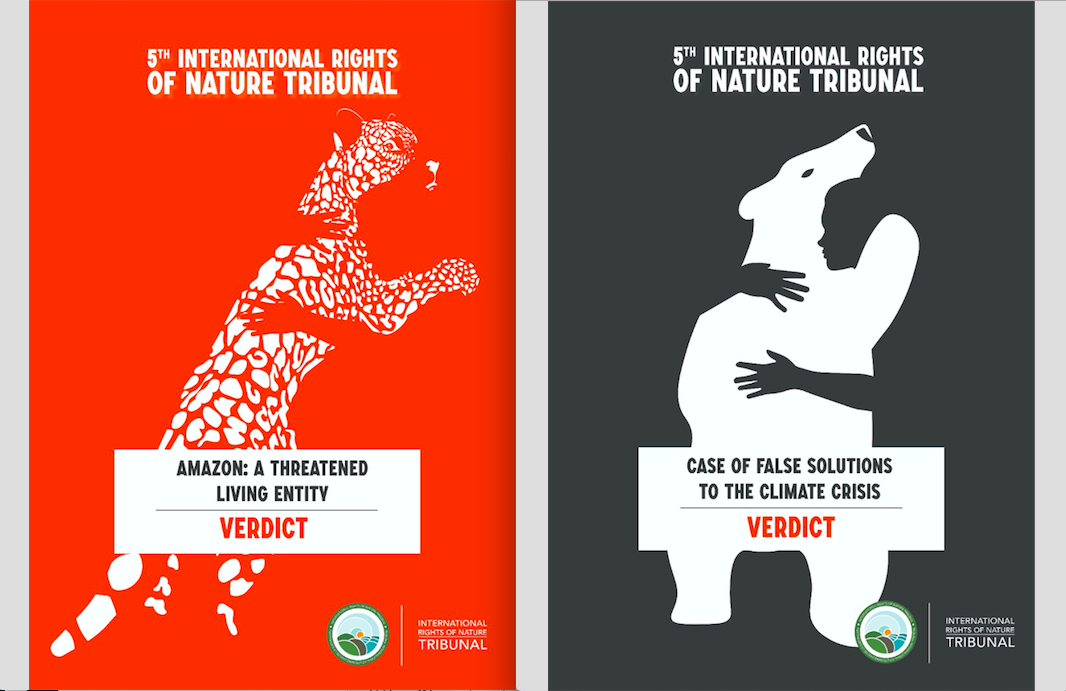Case Overview
The Great Barrier Reef (GBR) is the world’s largest coral reef system. It is the world’s biggest single structure made by living organisms and can be seen from outerspace. It runs for 2,300 kilometres, from the Torres Strait Islands, at the most northern tip of Australia, south to Bundaberg along the coastline of the Australian state of Queensland. It is comprised of 3000 individual reef systems and coral cays and almost 900 beautiful tropical islands. It supports a vast array of marine creatures, including 1625 species of fish, 600 types of soft and hard corals, more than 100 species of jellyfish, 133 varieties of sharks and rays, more than 30 species of whales and dolphins and 3,000 species of molluscs. The GBR is also unique as it extends over 14 degrees of latitude, from shallow estuarine areas to deep oceanic waters.
The Great Barrier Reef was listed by Australia as a National Park in 1975 and covers 344,400 km in area. It was listed as a UNESCO World Heritage Property of Value in 1981. Until very recently, it was considered a pristine natural ecosystem. It is a major tourist destination for international and Australian years, and in the year ending December 2012, 1.99 million tourist visitor days were calculated. This tourism brings $AU3 billion into the Australian economy every year.
In June 2011, UNESCO issued, for the very first time, a warning to the Australian government that the GBR was under threat of significant damage from the escalation of coal port expansions and other industrial developments along the coastline adjacent to the reef. UNESCO warned that if the planned developments continued, the GBR might have to be named on the ‘World Heritage in Danger’ list. The expansion of new and existing coal ports on the coastline (used to ship coal from Australia to other countries) is seriously threatening the health of the reef – so too are the increases in shipping volume and activities such as dredging and especially sediment from agricultural runoff. Tropical cyclones, coral predation by crown-of-thorns starfish (COTS), and coral bleaching accounted for 48%, 42%, and 10% of the respective estimated losses of coral over the years 1985 to 2012.[1]
Presented by Michelle Maloney, National Convenor, Australian Earth Laws Alliance
Prepared by Michelle Maloney
Read the Case Study and threats to the Great Barrier Reef at: Great Barrier Reef Case.
View case as PDF: Great Barrier Reef – Tribunal Case PDF
View the Judge’s Ruling by Cormac Cullinan to accept the case and case presentation and Verdict presented in Lima, Peru.
Michelle Maloney – Australian Earth Laws Alliance (AELA) Michelle Maloney is an environmental lawyer and activist based in Brisbane, Australia. She is the National Convenor and Co-founder of the Australian Earth Laws Alliance (AELA), a not for profit organization promoting the understanding and practical implementation of Earth Jurisprudence in Australia (www.earthlaws.org.au). Michelle is the current Australian representative on the Executive Committee of the Global Alliance for the Rights of Nature; the Chairperson of the Environmental Defenders Office in Queensland and is involved with a number of civil society groups challenging coal and coal seam gas developments in Queensland. Michelle is currently completing her PhD at the Griffith University Law School in Brisbane and her thesis uses an Earth Jurisprudence framework to advocate for the regulation of unsustainable consumption in industrialised nations. http://www.earthlaws.org.au




